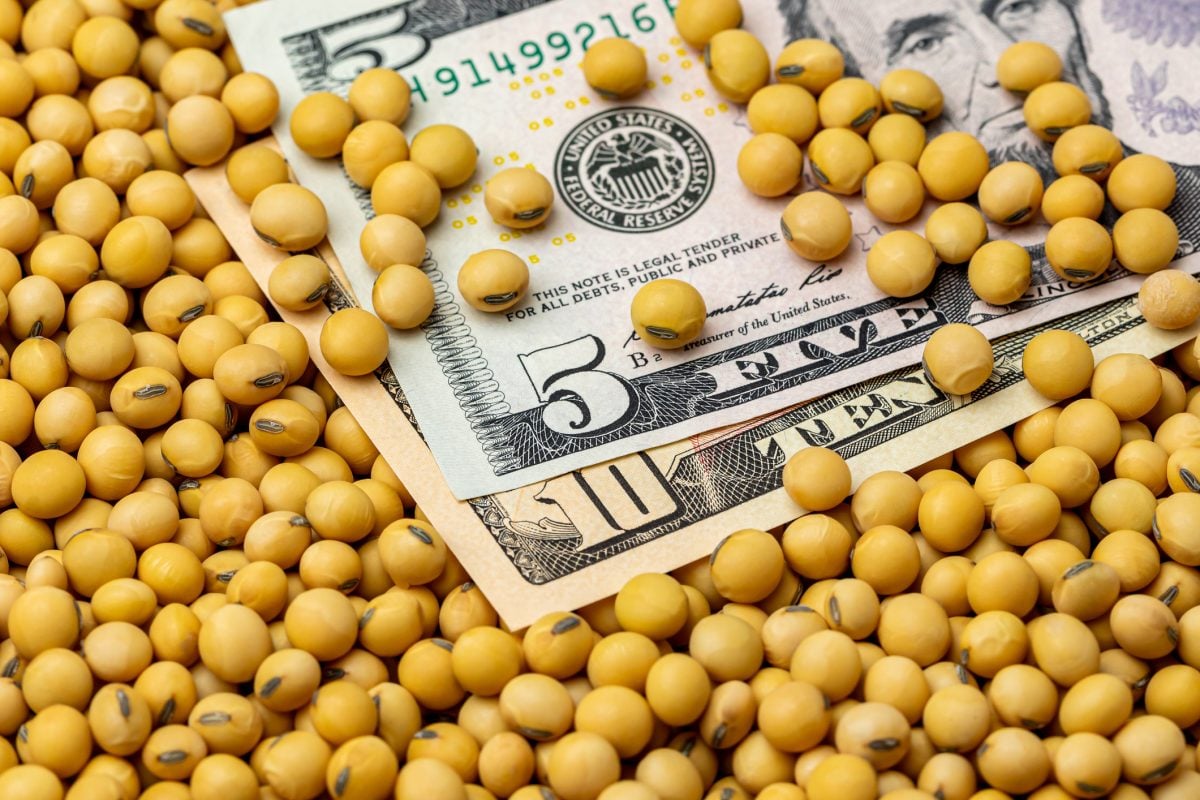Chicago | Reuters — Chicago Mercantile Exchange live cattle futures on Tuesday settled higher for the first time in five sessions, spurred by short-covering and bargain buying, said traders.
Some contracts punched through key technical resistance barriers, which triggered fund buying and pre-established buy orders.
August ended 0.725 cent/lb. higher at 106.725 cents (all figures US$). October closed 1.875 cents higher at 107.725 cents and above the 200-day moving average of 107.525 cents.
“Futures were technically overdone to the downside which gave people a reason by buy the market,” a trader said.
Read Also

U.S. grains: Soybean futures hover near 15-month high after China buys U.S. cargoes
Chicago Board of Trade soybean futures hovered near a 15-month high on Wednesday after trade sources said China made its first purchases from the autumn U.S. harvest ahead of a summit between leaders Donald Trump and Xi Jinping.
The August contract lagged behind other trading months in advance of this week’s prices for slaughter-ready, or cash, cattle that a week ago brought $109-$110/cwt.
Plentiful cattle and beef supplies might discourage packers from paying more for livestock this week.
Market participants look to Wednesday’s Fed Cattle Exchange sale of roughly 1,000 animals as an indication of cash prices in the Plains this week.
On Tuesday the U.S. Department of Agriculture’s monthly cold storage data showed total beef stocks at 430.4 million lbs., up from the 416.1 million pound average trade estimate.
Technical buying, live cattle futures turnaround and higher cash feeder cattle prices boosted CME feeder cattle contracts.
August feeders closed 2.275 cents/lb. higher at 142.075 cents.
Four-month hog low, again
Tuesday morning’s sharply lower wholesale pork values, and downward-trending cash hog prices, dropped CME lean hogs to a four-month low for third consecutive session, said traders.
October ended down 0.8 cents/lb. lower at 63.875 cents, and December finished down 0.8 cent at 59.05 cents.
Plentiful seasonal supplies continued to pressure cash returns, while declining costs for pork bellies this time of year weighed on overall wholesale pork values, a trader said.
USDA on Tuesday reported July total pork stocks at 556.2 million lbs., down from the 561.4 million average forecast — partly due to the lowest pork belly inventory on record for the month.
“There’s certainly no shortage of hogs. So several months in a row of record-low bellies in storage have more to with impressive bacon demand than anything else,” a trader said.
— Theopolis Waters reports on livestock markets for Reuters from Chicago.











